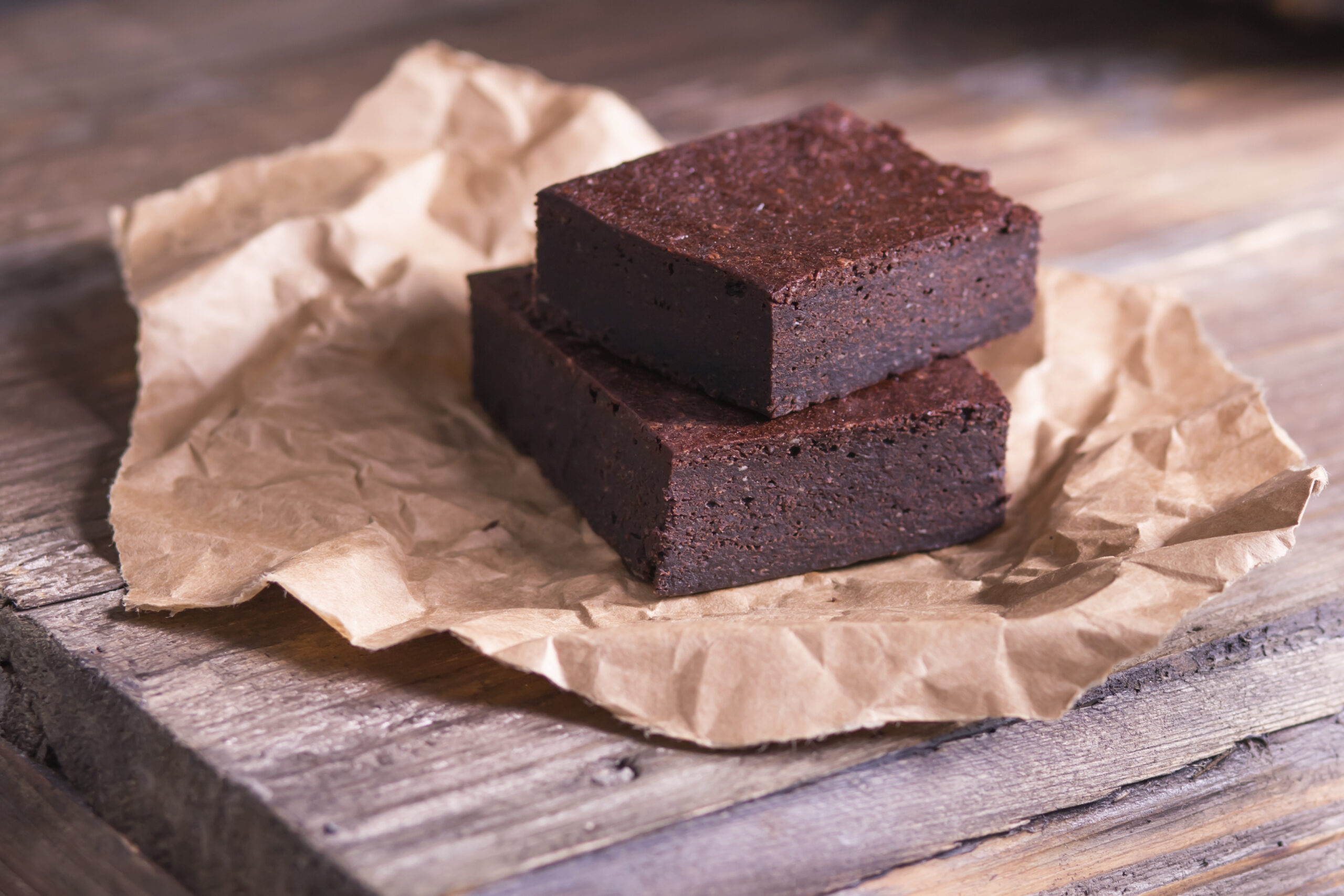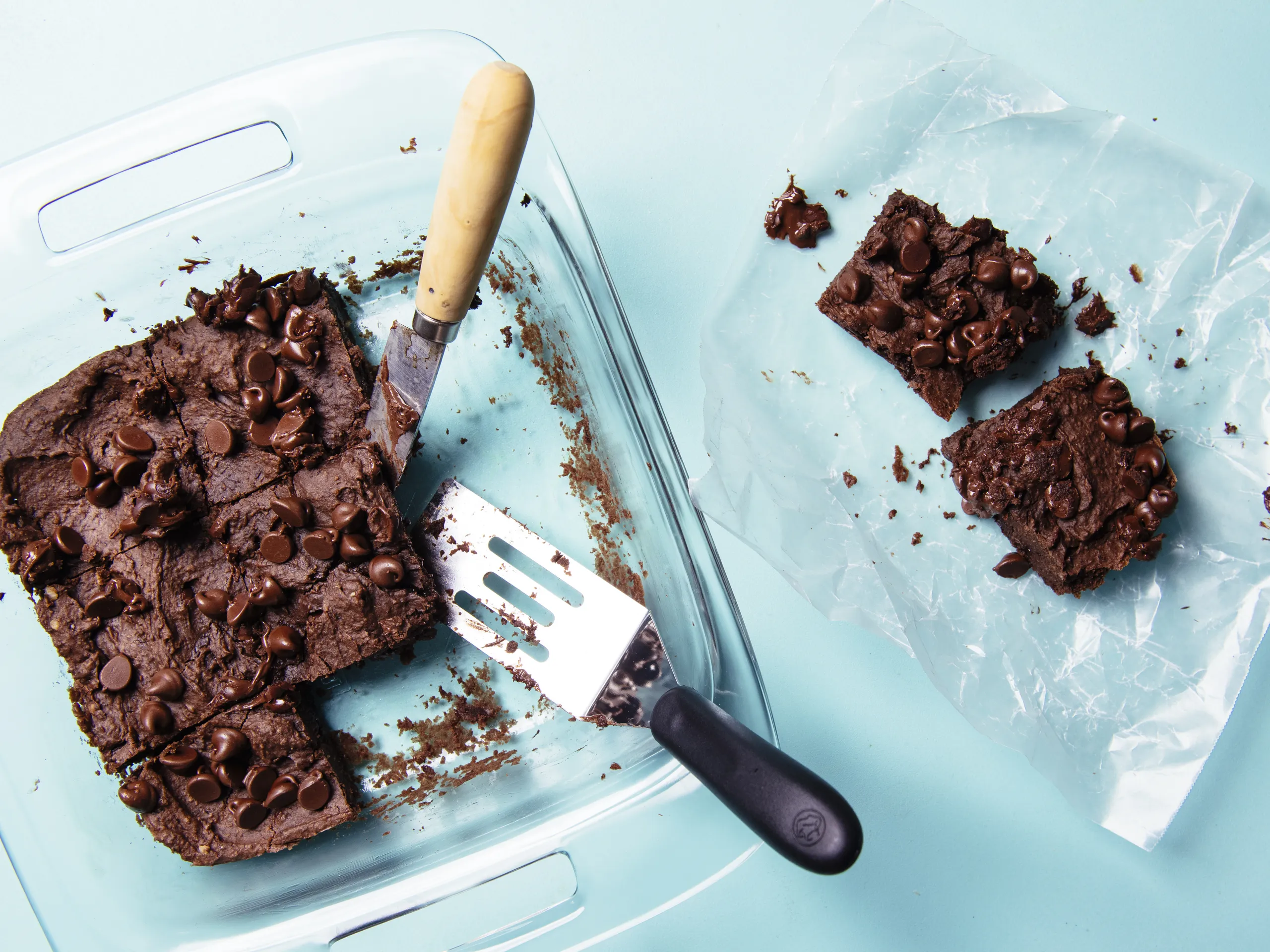Does fudge go bad in the heat?
Jump To:
Does fudge go bad in the heat? Fudge can go bad but not in the same way as other foods. Although it isn’t a hazardous food when spoilt a bit, fudge can have a dramatic effect on its quality, including a change in texture and appearance, as well as a change of flavor when exposed to heat.
Fudge is creamy chocolate made from butter, sugar, and sometimes chocolate. It’s usually made by mixing together butter, milk, and sugar and beating it to a soft and smooth texture. Fudge can be described as having a harder consistency than fondant, but softer than hard chocolate. On the other hand, brownies contain cocoa powder, not chocolate and flour, eggs and butter, oil, butter, baking powder, nuts, and other dry ingredients baked.
Does fudge go bad in the heat? Yes, fudge can melt or become slimy if it is exposed to temperature changes. It can dry out and become harder if it is exposed to the air. Certain add-ins to fudge can grow mold or emit a bad smell, so they should be avoided. Fudge is mostly sweetened condensed dairy that doesn’t contain much other than chocolate. If you would like to add nuts, marshmallows or cookies, dried fruits, cocoa nibs, and peanut butter.
Storage Techniques For Fudge – How to store fudge?
Fudge, like most confections and candies, can go bad. It’s hard to predict how long fudge will last because there are many production methods and recipes. Fudge’s high sugar and fat content can work as a preservative. This allows it to last longer than brownies and similar baked goods.
Fudge has a shelf life that is not fixed, but you can estimate how long it will keep fresh if properly stored. Therefore, it is important to know how to store fudge. Here are the storage techniques for fudge.
Fudge At Room Temperature – How long does fudge last unrefrigerated?

- Storing it at room temperature is the best way to store fudge short-term, homemade, or store-bought. Choose somewhere cool, away from heat and sunlight. Both can melt the fudge, which we don’t want. Transfer fudge to an airtight container to prevent it from drying out and hardening.
- You can also cut the slab into smaller pieces, and then place each one in a refrigerator-friendly bag. Do this, and make sure to remove any air from the seal before closing it.
Fudge In The Fridge – Does fudge go bad in the fridge?

- If you need to keep your homemade or store-bought Fudge for several weeks, it’s a great idea to put it in the fridge. If you live in hot areas and the temperature is high, you might be afraid that the candy will melt.
- If you are thinking of refrigerating the fudge that you have bought, make sure to read the label. Some confectioners explicitly state that their products should not be refrigerated. If you are making homemade versions, make sure to check the recipe for whether refrigeration is allowed.
- To keep excess moisture out, the fudge should be kept in an airtight container. The sealing of fudge will protect it from drying effects and potential contaminants.
- It is important to refrigerate fudge in an airtight container. This will help maintain the moisture level and prevent any other flavors from getting absorbed into the fudge. The moisture level can be controlled by wrapping the fudge in wax paper and refrigerating it.
Fudge In The Freezer – How to store fudge in freezer?

- Fudge can be frozen for homemade or store-bought. Everyone agrees that it is possible to freeze fudge and that it works well.
- Wrap the slab twice to preserve its best quality. Then, place it in a freezer bag, or another airtight container. For the second layer, you can use aluminum foil or plastic wrap.
- Fudge can be stored in the freezer by wrapping it tightly in wax paper, then plastic wrap, before being sealed in a container. Fudge should be frozen in large blocks if possible. It can dry more quickly if it is cut into smaller pieces.
- Fudge freezes well. However, the texture and taste of the fudge can change slightly after being frozen. Frozen fudge should not be thawed at room temperature, but in the refrigerator overnight. After the fudge has thawed, it should be eaten within one week. It should not be frozen but stored in the refrigerator.
Signs Of Spoilage For Fudge
Fudge is not like baked goods. Fudge is unlikely to mold or rot. As the fudge ages, the texture and taste of the fudge will begin to change. It can still be eaten if it does not show signs of spoilage. Here are some signs of spoilage for fudge.
- The surface of fudge will crack and dry out if it is exposed to air.
- Although a little crumbling around the edges can be beneficial, it might make the texture less pleasant. The fudge will become drier the older it is. If the fudge has large cracks on the surface, it should be discarded.
- Exposure to too much moisture can cause the fudge to spoil faster. Although moisture is not a problem on the surface, excessive soggy or mushy fudge should be avoided. Any liquid pools or separation from the surface can indicate spoilage.
- The fudge should be discarded if it becomes too hard or has an oily sheen. This is not a sign of a problem with food safety, but it will make fudge taste very unpleasant.